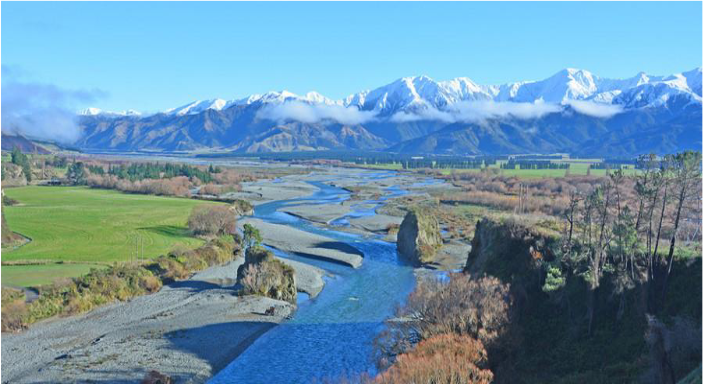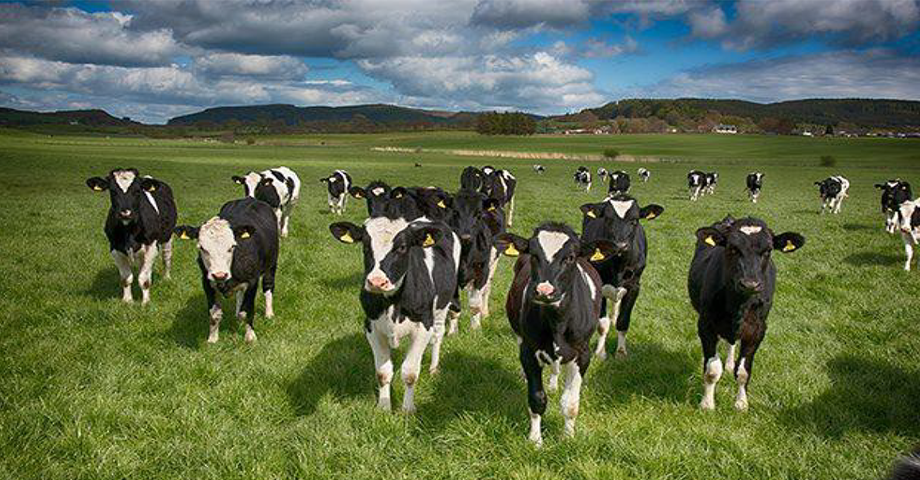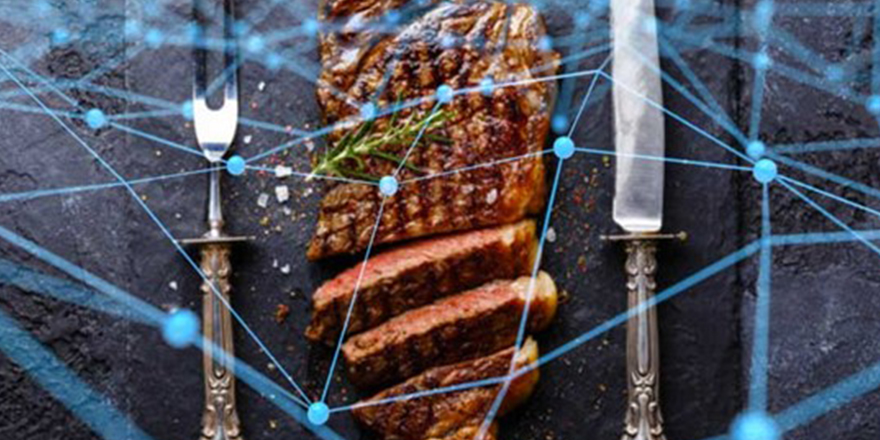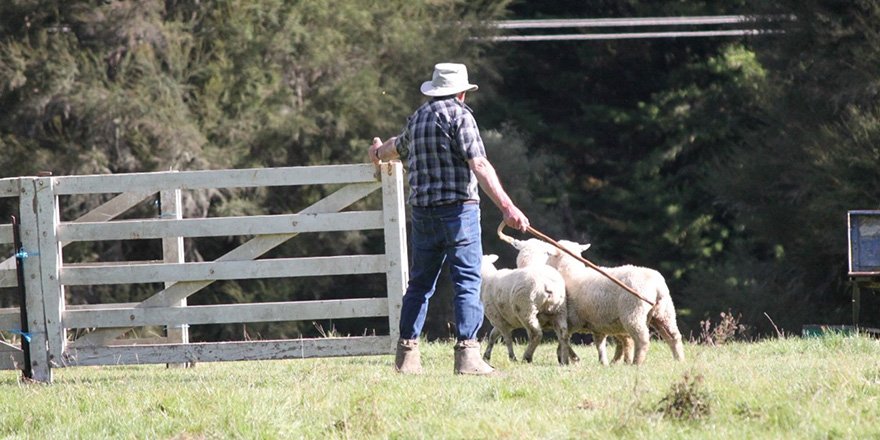
Executive Summary
This has been a very personal journey for me as I have been exploring my heritage. I’ve have always known that I had connections to Ngāi Tahu and that it was from Southland, but I didn’t know much more than that. I am a 10th generation New Zealander through my maternal grandfather, I Whakapapa back to the Awarua Rūnanga and Rakiura (Stewart Island) to Tomuri and Te Iri.
I have in recent years discovered my whakapapa and visited Rakiura. This report is a combination of a personal and professional interest that has led me to want better understand Māori cultural values and how these can be woven into farming businesses to build resilient farm systems.
Engaging with Iwi and Rūnanga is becoming common for farming communities and yet it is still a foreign concept for many of us. Many farming communities know more about their European settler’s history than that of tangata whenua (local people). As we continue to see more Freshwater Policy being regulated on farm, there is an ever-increasing use of Te reo (Maori Language) that is not understood my many farmers and rural professionals.
The aim of this report is to help farmers and rural professionals better understand Māori cultural values and to see how collaborative relationships can be built between farming communities and Rūnanga in the Hurunui district. There is common ground between Māori and farming because of the connection to land. The Hurunui District is covered by two Rūnanga of Ngāi Tahu. Te Rūnanga o Kaikoura, also known as Ngāti Kurī, cover north of the Hurunui River and Te Ngāi Tūahuriri Rūnanga, centred on Tuahiwi, to the South of the Hurunui River (Te Rūnanga o Ngāi Tahu 2021).
Weaving cultural values into farming decisions and discussion has not been regular practice in our farming communities. Some people have little or no understanding of Te Tiriti o Waitangi (Treaty of Waitangi) and therefore fear it as it is a change in thinking. Building understanding and knowledge reduces this fear and allows our farming communities to move forward to healthier relationships.
The information gathered to compile this report is of people’s experience of gaining understanding of Māori culture, and information that was publicly available but not necessarily known about. Te Rūnanga o Kaikoura’s Environmental Management Plan and the consultation process addresses issues of concern to tangata whenua associated with natural resource and environmental related activities and topics of importance to Rūnanga. The intention is to provide an understanding of some of the background, information and plans that are readily available to help build collaboration between farming communities and Rūnanga in the Hurunui District.
This report gives a base level of knowledge regarding the Treaty of Waitangi (Te Tiriti o Waitangi) as it is important to know our country’s history. The Treaty of Waitangi is New Zealand’s founding document. It takes its name from the place in the Bay of Islands where it was first signed, on 6 February 1840. The Treaty is an agreement, in Māori and English, that was made between the British Crown and approximately 540 Māori rangatira (chiefs) (NZ History, 2021) .
Building collaboration between farming communities and Rūnanga in the Hurunui District offers many opportunities to build long, sustainable relationships. The district is split over two Rūnanga that have similar values. The recommendations from this report are:
- Have positive Rūnanga connections with Amuri Irrigation Company (AIC) and the Hurunui District Landcare Group (HDLG). Much of the farming community is connected by these two groups. There is an opportunity for these groups to form initial connections with Rūnanga to explain their purpose and values, and what they do to help and enable the farming community. It is a way to start connecting with a larger group of farmers.
- Share information regarding the Treaty of Waitangi and the history of how it was signed in the local area through community groups.
- Develop a workshop for Rural Professionals that are working within the Hurunui District about the history of the area. This could be co-developed between Rūnanga, Environment Canterbury, AIC and HDLG.
- Acknowledge the knowledge gap of understanding between farming communities and Iwi, and that in most cases it has not been intentional.
- Make connections with Māori values that align with farmer values.




